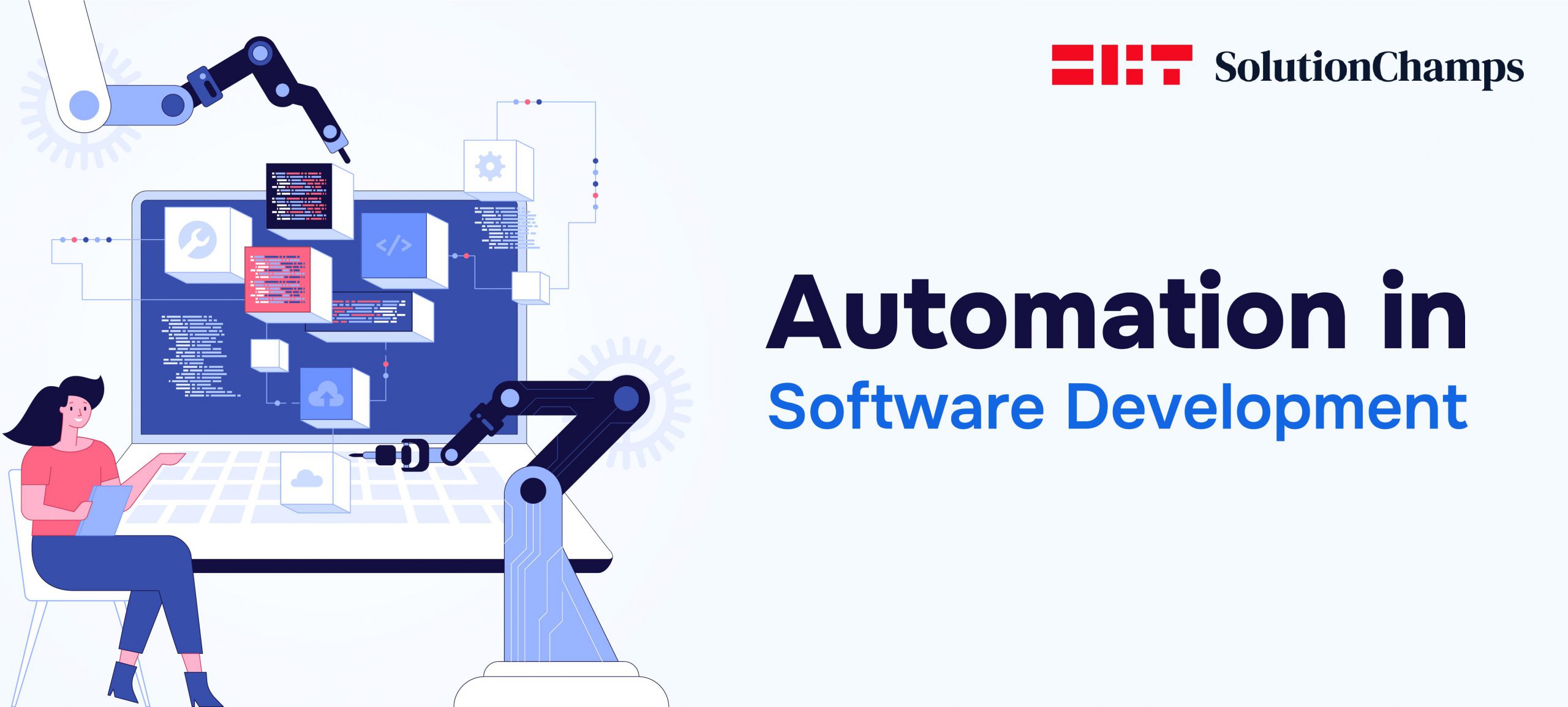Introduction
To become more competitive and survive in the digital era, one should know how to tackle challenges in adopting technology. In traditional industries like healthcare, a digital transformation is a complex procedure. But digital transformation can include major benefits – enhanced security, optimize workflow, and increased profits. A company needs to have a clear strategy to implement advancement.
Many security challenges hinder tech evolution. There are several challenges associated with digital transformation in healthcare.
Tech challenges & solutions
Data security
Challenge: When it comes to digital transition, cyberattacks are a significant concern. One may consider malware attacks on hospitals to be low-risk. Yet, the hospital will lose its reputation among common people. Digital transformation leads to increased patient data, which should be protected.
Solution: Appropriate security measures are necessary. With the right security solutions, data against threats can be protected.
Investing in robust cybersecurity measures is the right option. Cybersecurity can deal with:
- Use modern cryptography to encrypt data during storage.
- For access, fingerprint, face, or retina recognition. This will protect data from illegal activities.
- Allow robust spam filters to block phishing emails.
Blockchain – a digital transaction technology built on a decentralized network of computers can help with:
- Patients can now view and share their health data
- No security breaches are possible
- Detect inaccuracies in patients’ medical records
AI necessitates vast volumes of data, raising issues about security. It is essential to safeguard patient data from unauthorized access. The industry needs to provide patients with a choice over the usage of data.
Lack of transparency
Challenge: Lack of transparency – the difficulty in comprehending how AI arrives at predictions. It leads to distrust and resistance among healthcare practitioners. Patients may be sceptical of AI-driven healthcare interventions due to a lack of interpretability. It leads to unease and uncertainty.
Solution: Professionals need to have confidence in the algorithms they use to make critical decisions, and transparency to ensure accuracy. Without this, they may hesitate to adopt AI and ML technologies. AI that provides insight into decision-making processes can increase trust. Document AI modelling helps to improve transparency. It involves independent evaluation and scrutiny of AI to understand its limitations, strengths, and potential biases.
Independent third-party organizations can evaluate and certify AI technologies based on predefined criteria and standards. It provides an additional layer of transparency and ensures reliability, accuracy, and fairness.
Budget concerns
Challenge: Adopting new technology in the healthcare industry could be expensive. Smaller healthcare companies with limited budgets could find it challenging. The cost mainly depends on the type of technology, its complexity, and the size of the company. Expenses can be like:
- Implementation cost: It includes installation and configuration of software and hardware. Furthermore, staff training for adoption will be incurred.
- Maintenance cost: After implementation, maintenance takes the lead. Charges can increase over time, resulting in a significant financial burden.
- License cost: The license should be renewed periodically for certain technologies.
Solution: Partnering with technology companies to negotiate costs and get help deploying new technology solutions. Start with a smaller initiative to demonstrate the potential benefits of technology. It can reduce expenses and risk.
One can reduce costs and improve patient outcomes by prioritizing investments. Conducting a cost-benefit analysis is also a great option.
Cloud-based technologies provide a cost-effective alternative to on-premises solutions. It comes with greater scalability and flexibility.
Data quality
Challenge: Healthcare data are usually fragmented and stored in disparate systems. Furthermore, a lack of data could hinder transformation practices as it is difficult to make educated judgments.
Solution: Investing in ML is a better option. ML operates with minimal quantities of data to produce meaningful insights. Investing in ML helps insights and make data-driven choices by leveraging their current data.
Resistance to change
Challenge: Some professionals may be hesitant to adapt to the technology advancement. So, they stick to the old solutions that stop them from improving the process. Digital transformation – is not just about software implementation. It is also about employees’ way of handling advancements.
Solution: Resistance to change could be a common difficulty during technology implementation. Discuss how the technology will improve patient care, increase efficiency, and result in favourable outcomes. Emphasize the importance of change and the benefits it has on business. Comprehensive training, including people in decision-making, is the better option. Representing the benefits of digital transformation may assist in overcoming reluctance to change.
User experience
Challenge: Poor user experience and lack of human-centred design in tech development lead to frustration.
Solution: Adopting a human-centred design approach with the end-user in mind. User feedback, usability testing, and iterative design processes should be used to create intuitive interfaces. Training and support should be provided to enable healthcare professionals to maximize the benefits of these technologies.
Conclusion
Tech advancement can hold immense potential to improve the healthcare business. However, addressing major challenges in implementation is requisite.
Unlock the full potential of healthcare technology by contacting our experts.
 HealthCare
Contact Us
HealthCare
Contact Us
 HealthCare
Contact Us
HealthCare
Contact Us




